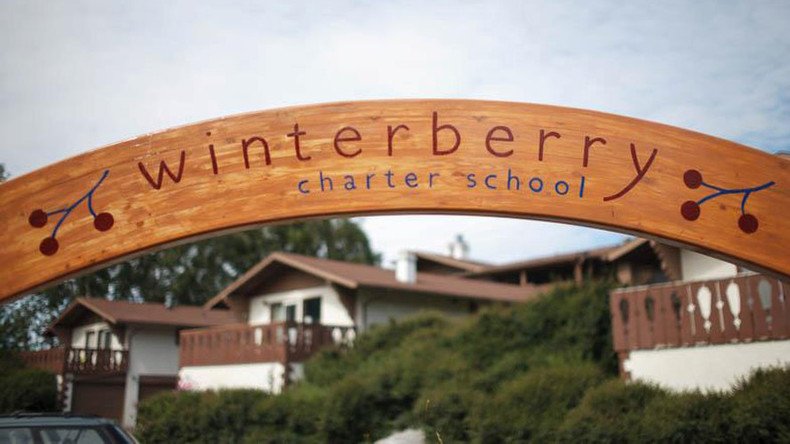First-grade ‘poison pact’ to lace student’s lunch with silica gel uncovered in Alaska

A disturbing plot by three first grade pupils to bump off their classmate with packets of silica gel has been foiled at an Alaskan elementary school.
The plan to use the gel, which is in fact non-toxic, was reportedly brought to the attention of teachers at the Winterberry Charter School, Anchorage, by two concerned students privy to the shocking poison plot.
Posted by Winterberry Charter School on Sunday, August 12, 2012
Packets of silicic acid are predominantly used in the packaging of electronics, footwear or food stuffs to protect against moisture.
While the US Poison Center explains that the gel is not poisonous to eat, it can be a choking hazard to children or animals.
The first-graders hatched the scheme on March 22 and it is thought they were going to lace a unidentified pupil’s lunch with the preservative.
3 first graders have been disciplined after their plot to poison a classmate was uncovered: https://t.co/D7jvPgpLy7pic.twitter.com/YtWfj4hoDu
— KTVA 11 News (@ktva) March 30, 2016
The three accused, understood to be girls, are said to have taken the silica sachets meant to preserve lunchtime servings of seaweed.
Parents were warned about the incident via a letter from school principal Shanna Mall, who confirmed the plan was designed to kill.
READ MORE: Preteens stab their friend 19 times to prove loyalty to fictional monster
“The students had thought the packets contained poison. The plot was not actually carried out,” an Anchorage Police Department spokesperson Jennifer Castro told KTVA Alaska.
The trio, believed to be no older than 7-years-old, look set to escape criminal charges, however, with school psychologists being called in to see if the group were aware of the seriousness of their actions.
“The age is one of the things that is most surprising to people who were hearing about this. The kids are such a young age,” Anchorage School District spokesperson, Heidi Embley told Alaska Dispatch News.
“Without revealing any information as to what occurred during the investigation, there are a lot of conversations [needed] to get an understanding of what actually happened, how the students were feeling.”











